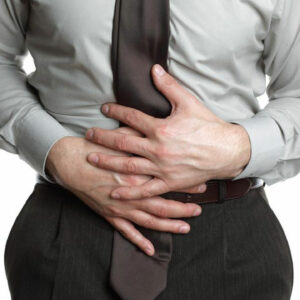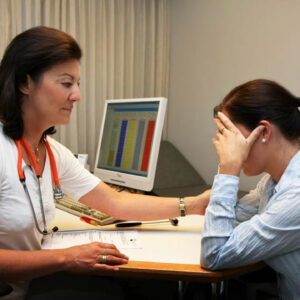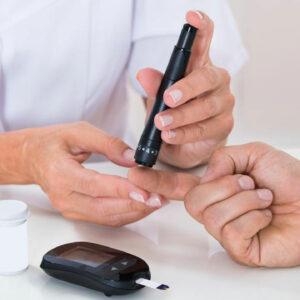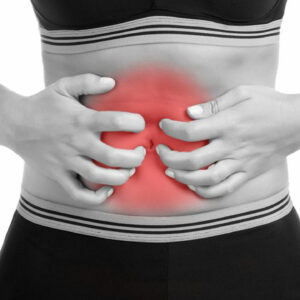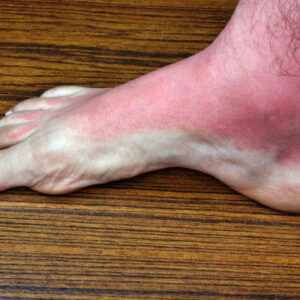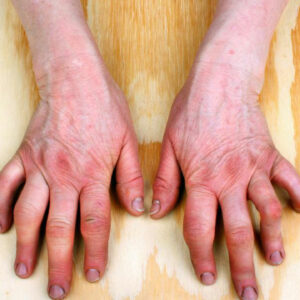
01
A Brief Overview of Rheumatoid Arthritis
Rheumatoid Arthritis is an autoimmune disorder and does not have any cure. It is only possible to reduce the severity of the symptoms, which offers the patient a better quality of life. Rheumatoid Arthritis primarily affects the joints. It can also affect the lungs, voice box, and eye. Symptoms The distinguishing feature of Rheumatoid arthritis is that it affects both hands and both legs. There is swelling, pain, redness and tenderness in the finger joints, wrist, elbow and knee. The feet, hip, neck and even the jaw can be affected. Unfortunately, the exact cause for Rheumatoid arthritis is unknown. A gene alteration is the most likely cause of this autoimmune disorder which predominantly affects women. As the symptoms show up differently in each person, a combination of tests help to draw the conclusion that a person is suffering from Rheumatoid Arthritis. Most often, the evident Signs of Rheumatoid Arthritis help to diagnose the condition. There are some signs when rheumatoid arthritis affects the joints. Inflammation is accompanied by: Stiffness There is decreased mobility in the joints. Especially during mornings, it gets pretty difficult to use your joints. The stiffness lasts for a long time, and may last more than an hour, before you find your joints loosening up. Redness and Warmth The affected joints appear red and you can feel a warmth when you touch the joints. Swelling Swelling is a characteristic of any form of arthritis. When it comes to signs of rheumatoid arthritis, the fluid enters the joint and makes it puffy. Pain Pain in the joints is unavoidable. Inflammation inside the joint makes it tender and sensitive. Over a period of time, the joints experience damage and results in pain. Rheumatoid arthritis can not only affect the joints, but the entire body as well. In such cases, the symptoms manifest as fatigue, muscle ache, sickness, diminished appetite that can lead to weight loss.
Read More 